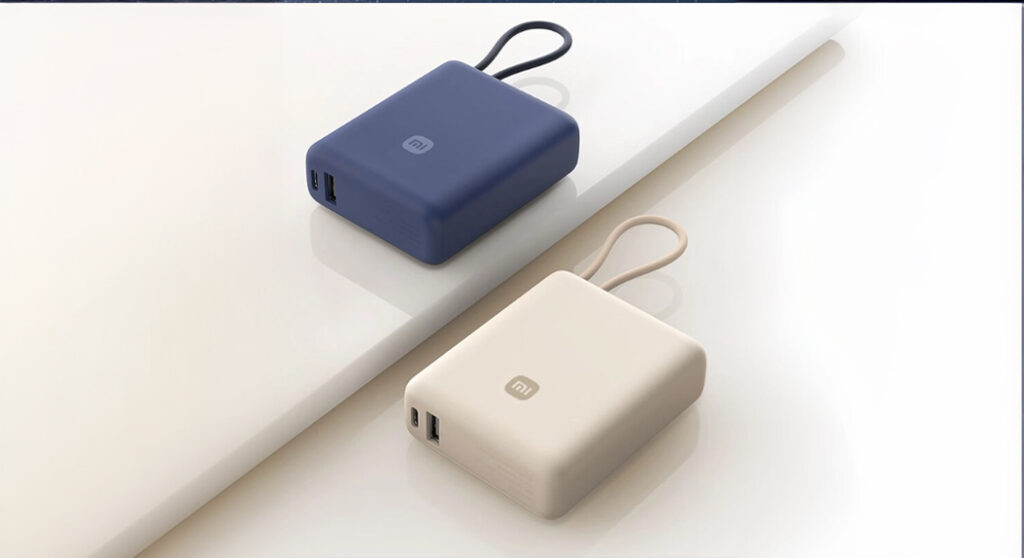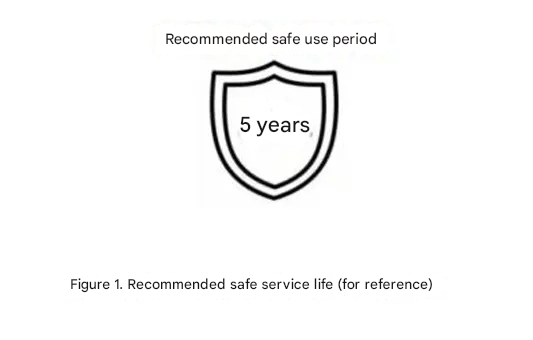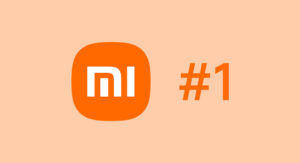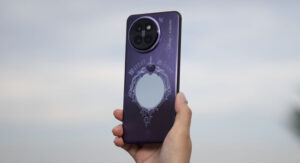According to recent reports from the industry, China is getting ready to impose the most stringent safety standards ever used on portable power banks. The MIIT organized a series of technical seminars in October and November to complete the “Technical Specification for Safety of Portable Power Banks” expected to replace the current 3C certification. These regulations will affect major manufacturers, including brands known for advanced battery technology such as Xiaomi. For readers who want to know more about related standards and coming smart device trends, you may also refer to internal coverage: Xiaomi HyperOS and Xiaomi Battery Safety technologies.
The New National Standard and Its Scope
The upcoming specification is an overall upgrading of the previous national standard, covering the whole product chain of device structure, circuit board to battery cell. MIIT gathered nearly 300 industry-chain enterprises, from chip suppliers to cell manufacturers, to assess feasibility. Their input finally formed the draft, which is expected to be announced this December, published officially in February 2026, and fully implemented from June 2026.
According to industry representatives, these rules will substantially raise the barrier to entry. It is reported that many factories currently lack the capability to meet the new requirements, which naturally means that the market will filter out the low-quality production.
Major Changes Introduced by the New Rules
Some of the key improvements the new standard introduces aim at enhancing transparency, consumer awareness, and overall battery safety. This direction goes hand in hand with Xiaomi’s long-standing focus on battery health technologies across power banks and smartphones.
Product-Level Revisions
The most evident change at the product level includes the recommended lifespan that needs to be printed on the casing of the device. Additionally, manufacturers need to include the full name of the OEM company. This modification will provide enhanced traceability and also make users aware of the time period for which the product is designed to function safely.
Transparency of Circuit Board
Another huge jump is the mandate that all power banks need to have an LCD display or an internet-connected companion app. These interfaces have to display vital information like battery health, cycle count, and overall condition. In other words, power banks are moving from being mostly opaque “black box” gadgets to transparent smart accessories, just like the smart power bank ecosystem that Xiaomi has recently introduced.
Battery Cell Safety Enhancements
The biggest technical upgrade comes to the battery cells. The new standard strengthens several critical tests:
- Nail penetration safety verification
- Thermal abuse test raised from 130°C/30 minutes to 135°C/60 minutes
- Overcharge voltage limit increased to 1.4× rated voltage
These enhancements directly address the root causes of thermal runaway and safety events involving batteries. Manufacturers utilizing advanced cell technologies, such as those partnering with CATL or Sunwoda, should be able to make these improvements without significant hardship.
Impact on the Power Bank Industry
The MIIT estimates that close to 70% of existing production capacity may exit the market once the regulations take effect. Only manufacturers with strong R&D capability and high-quality supply chains will continue mass production.
These changes might create new opportunities for well-established technology brands in general, and Xiaomi in particular, as the company has earned a strong global reputation for safe, reliable power banks. Advanced smart power bank platforms might become a standard product category, not an optional premium feature.
Part A: Multiple Choice Questions Timeline of Implementation
- December 2025: Public consultation
- February 2026: Official publication
- June 2026: Full enforcement, the 3C certification will become invalid
During the drafting stage, extensive experimental verification was conducted by institutions including the China Electronics Technology Standardization Institute, CATL, Sunwoda, Huawei Terminal, and others. The scientific basis of the new safety framework is supported by their findings.
Recommended Safe Service Life Markings
According to the new rules, power banks should clearly show the following phrase:
“Recommended safe service life is × years.”
Manufacturers may define the value based on their product characteristics. The example “5 years” shown in early illustrations is only a template.
Refined national standards by China mark a transformative step toward a safer, smarter, and more transparent portable power bank market. The transition of power banks from simple to intelligent, connected energy accessories is moving in the same direction of technology that Xiaomi has pursued in the smart hardware ecosystem. Such requirements are bound to uplift the quality of products while offering users more detailed and clear information about device condition and longevity.


 Emir Bardakçı
Emir Bardakçı



